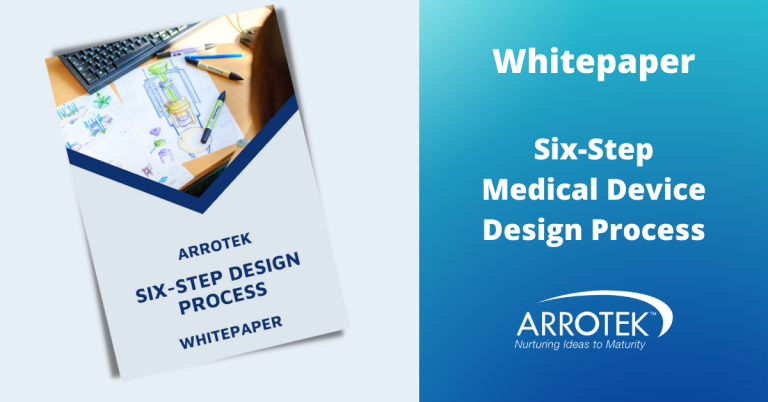
By Richard McLoughlin
Robotic-assisted surgery is transforming healthcare in several different surgical fields. Robots are not a new technology, but new innovations, devices, and components are being developed at pace, facilitating even more advanced and novel robotic-assisted surgical procedures.
Robotic-assisted surgery makes it possible for surgeons to carry out these new and enhanced procedures in addition to improving the outcomes of existing procedures. This especially applies to surgeries in difficult-to-access locations in the body, including those with highly complex vasculatures.
Robotic arms and similar technologies can’t function on their own, however. For example, many surgical robots need to use cutting devices, catheters, and guidewires to access target locations in the body, deliver treatments, and complete diagnostic procedures.
How Robotic-Assisted Surgery and Innovative Medical Devices Are Transforming Healthcare
Robotic-assisted surgery offers a wide range of benefits:
- Enhances precision and control as robots provide surgeons with improved dexterity over instruments. This enables ever-more precise movements during procedures while reducing human error.
- Minimises trauma with the integration of specialised medical device components that enable smaller incisions and result in less pain, reduced blood loss, and shorter recovery times.
- Improves access to complex and hard-to-reach parts of the body. Robotic arms integrated with advanced medical device components, such as microcatheters, have the flexibility and level of precision required to carry out surgeries in parts of the body that are extremely challenging with standard minimally invasive techniques.
- Improves ergonomics and visibility for surgeons. This includes enhanced visualisation as robotic-assisted surgery gives surgeons high-definition 3D images of the surgical field. Robotic arms also reduce the physical strain experienced by surgeons completing long and complex minimally invasive procedures using standard manual techniques.
- Improves patient outcomes as recovery times are shorter and there is a reduced risk of infections or complications.
- Makes remote surgery possible as advanced communication technologies mean the surgeon can be in a different location to the patient.
Medical Devices for Robotic-Assisted Surgery
At Arrotek, we offer a range of medical devices and components that support surgical robots. This includes needles and other cutting tools, as well as microcatheters, guidewires, and introducers.
Arrotek has extensive experience designing, customising, and manufacturing high-quality specialty medical needles, cannulas, and stylets, with a proven track record of producing components with consistently sharp tips. We also have industry-leading expertise in minimally invasive medical devices and components.
Our experience covers material science with unmatched expertise in both metals and polymers. We also have significant experience in developing micro components with complex geometries and structures, including ultra-thin-walled catheters. Our medical device design, manufacturing, and quality teams deal with tight tolerance ranges on a daily basis.
Future Trends in Robotic-Assisted Surgery
Robotic-assisted surgeries are set to become more common as further advances in a range of technologies are developed. This includes artificial intelligence (AI), automation technologies, and novel therapies.
Other trends in robotic-assisted surgery include making incisions even smaller, as well as reducing the number of incisions that are required to complete a procedure. Device miniaturisation will continue to progress, including implant devices, and mixed reality technologies will become more common in surgical procedures.
These trends and technological advances are only going to increase the need for components and devices that make further innovation in robotic-assisted surgery possible.
To discuss our capabilities and expertise in the design, development, and manufacture of needles, catheters, and guidewires, please contact us at Arrotek today.





